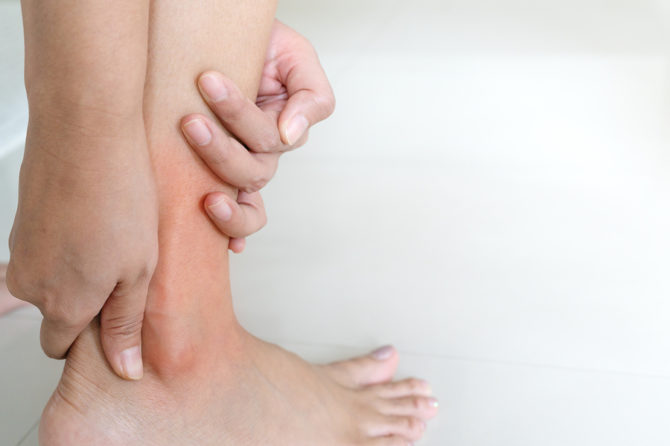
The Pesky Peroneal Tendons
What are they?
The peroneal (per-o-ne-al) tendons are bands of tissue extending from the calf muscle, down the fibula (lower leg bone), and over the outside of the ankle. You have two in each leg. One ends at the fifth (outside) metatarsal; the other attaches to the inside of the arch. These tendons are the primary stabilizers of the ankle, protecting you from ankle sprains and helping turn and bend the foot.
Why are they pesky?
Peroneal tendons are “pesky” because they are easily damaged by both chronic and acute injuries. In addition, injuries to the peroneal tendons are hard to heal with conservative treatment options.
Peroneal tendons can experience:
Tendonitis – inflammation due to chronic overuse
Tears – a sudden rupture of one or both tendons
Tendonosis – a tear occurring slowly over time
Subluxation – slipping of the tendon from a normal position
Why does this happen?
Factors contributing to both chronic and acute peroneal injuries include overuse, a sudden increase in exercise intensity, improper training techniques, and using improper athletic shoes. High arches and imbalanced ankle muscles can contribute to your risk factors for these injuries. Most peroneal injuries occur in athletes and runners.
What can you do about it?
To avoid a peroneal injury, athletes, runners, and active persons should perform stretching and strengthening exercises, choose proper running shoes, and ramp up training intensity slowly. In addition, orthotics can help correct foot mechanics to avoid injury.
If you have already experienced a peroneal tendon injury, treatment options include:
Immobilization – using a cast, boot, or splint
Anti-inflammatory medications – used to manage swelling and pain
Physical therapy – stability and strengthening exercises
Bracing – during future activities to avoid further injury
Surgery – to release or repair tendons; to correct additional structures in the foot
Any foot or ankle pain needs to be evaluated by a podiatrist. Your peroneal tendons are important to the movement of your foot. Don’t let your active lifestyle be interrupted by a peroneal tendon injury. Call the FAAWC for an appointment right away.
Leave a reply